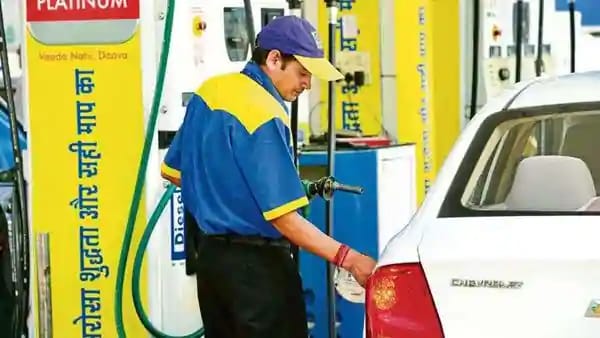The Centre’s fiscal deficit for April to September stood at ₹9.14 trillion, or around 114.8% of the deficit budgeted for the whole year. Fiscal deficit is the difference between government’s revenue and expense. This increase is due to a decline in tax collections. Mint explains.
What’s been the tax revenue trend of late?
The gross tax revenue for the first six months of 2020-21 stood at ₹7.21 trillion, or 21.6% lower than the same period last year. This fall has primarily been on account of slump in economic activity following the coronavirus outbreak. Corporate tax and income tax collections have declined by 39.7% and 21.8%, respectively. Customs duty and central goods and services tax (GST) collections have fallen by 43.8% and 34.4%, respectively. Even GST compensation cess, which ensures that states enjoy a steady increase in their GST collections every year, has fallen by 25.2%.
Has the collection of any tax surged?
While the government’s collection of most taxes had dipped post-covid, excise duty collections have stood out. Between April and September, excise duty collections were up 34.2% to ₹1.29 trillion. This happened primarily because of an increase in collections from the sale of petrol and diesel, despite a record drop in the prices of crude oil this year. The average price of the Indian basket of crude oil in April-September stood at $36.67 per barrel. In the year-ago period, it was at a much higher $64.68 per barrel. The falling oil price is another indicator of a slowdown in economies across the world.
How has the excise duty on fuel increased this year?
The excise duty on petrol and diesel was increased first in March and then again in May. On petrol, the duty is up from ₹19.98 per litre in March to ₹32.98 per litre currently. For diesel, it was at ₹15.83 per litre in March, and is now at ₹31.83 per litre. These steps were taken by the government with the agenda of trying to make up for the fall in tax collections.
What does this mean in the overall context?
If the government has to maintain the targeted level of fiscal deficit it had set in February, it needs to increase the tax collections in the second half of the year. Of course, as the economy keeps recovering, tax collections will also increase. In fact, they already are. But that may not be enough, which would prompt the government to increase excise duty on petrol and diesel further to earn more. One component of the overall excise duty on petrol and diesel is the special additional excise duty, which has seen increases.
How much will excise on fuel be increased?
The government had taken the Parliamentary approval in March to increase the special additional excise duty to ₹18 per litre on petrol and ₹12 per litre on diesel. Currently, the duty stands at ₹12 per litre and ₹9 per litre, on petrol and diesel, respectively. This essentially means that the government has the leeway to increase the duty by another ₹6 per litre on petrol and ₹3 per litre on diesel.
SOURCE : LIVE MINT


